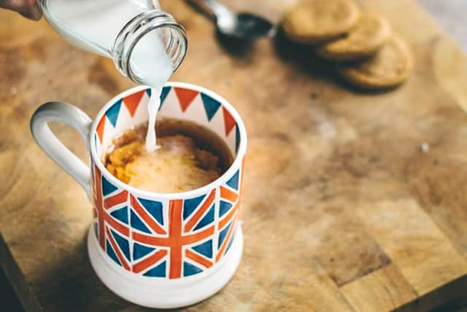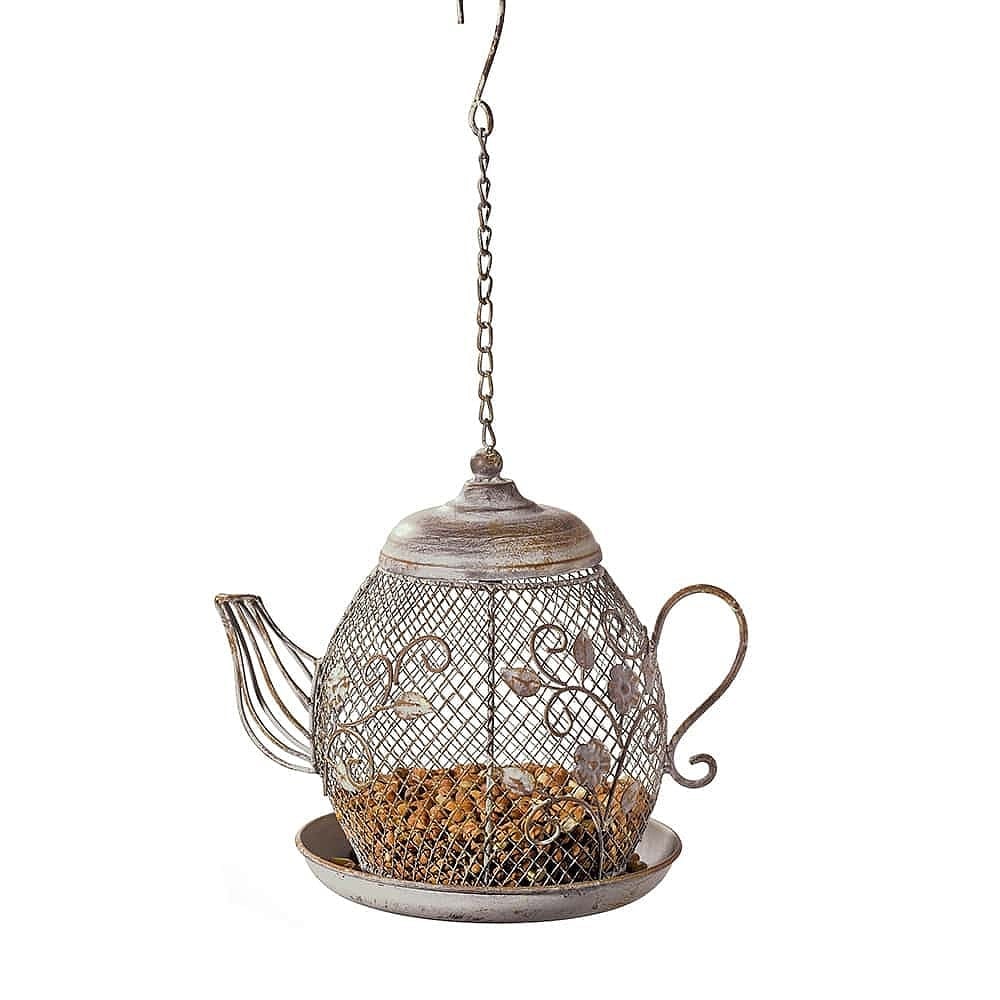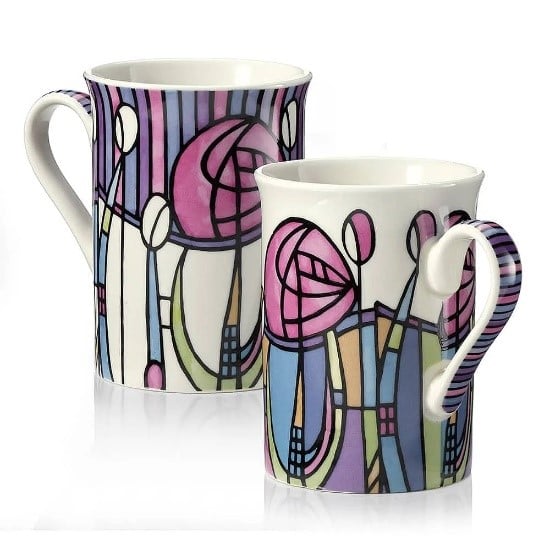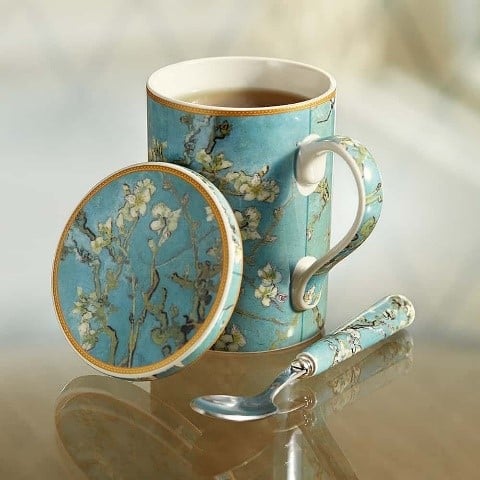The Origins in China:
The story begins long ago in ancient China, where, according to mythology, the Chinese emperor Shen Nung was sitting beneath a tree while his servant was boiling water in a caldron when suddenly some leaves from the tree blew into his water. Shen Nung was a herbalist and decided to try the infusion that his servant had accidentally created, and the resulting drink was what we now call tea.
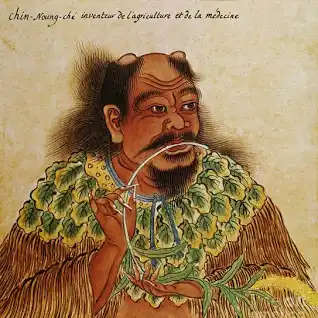
Growth into Europe:
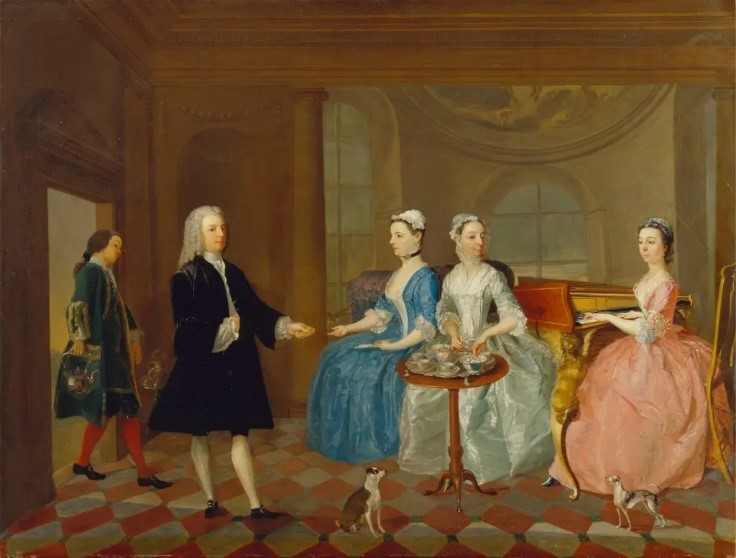
Centuries later in the late 1500s, Europeans, particularly the Portuguese, encountered tea in the East. However, it was the Dutch who first commercially imported tea, establishing trading routes via Java and receiving the first shipment from China in 1606. Tea soon became a popular drink among the Dutch and then spread to other countries in Western Europe, but because it was an expensive commodity, it remained a drink reserved only for the wealthy.
Journey into Britain:
Britain in the 1600s was initially wary of continental trends and had yet to fully appreciate tea in all its glories as we observe today. The British East India Company, holding a monopoly on imports, likely introduced tea via sailors' gifts. The first documented mention in Britain was in 1658 in an advertisement, reflecting tea's novelty. However, tea gained popularity after Charles II's marriage to Catherine of Braganza, a Portuguese princess and tea enthusiast. Her influence popularised tea among the elite, prompting the East India Company to begin importing tea to Britain in 1664.
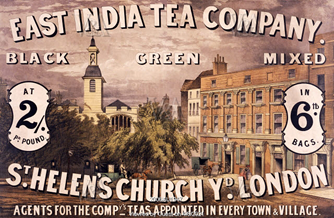
Tea Smuggling and Taxation:

Tea became a popular beverage in Britain, particularly among the middle and upper classes, but its high price, mainly due to heavy taxation, limited its accessibility. This led to widespread smuggling and adulteration, with criminal gangs importing large quantities of tea to meet demand. Taxation also incentivised the addition of cheap substitutes like sheep's dung to tea leaves. By 1784, the government recognised the issue and drastically reduced the tax, making legal tea more affordable and virtually ending smuggling overnight.
History of Tea Paraphernalia:
The history of tea paraphernalia in the UK is intricately tied to the cultural significance of tea itself, which has been a beloved beverage in British society for centuries. From tea spoons to pots, cups and saucers, each piece of paraphernalia has its own story of evolution and cultural significance. As tea drinking spread among the aristocracy and later to the general populace, the demand for specialised tea paraphernalia grew:
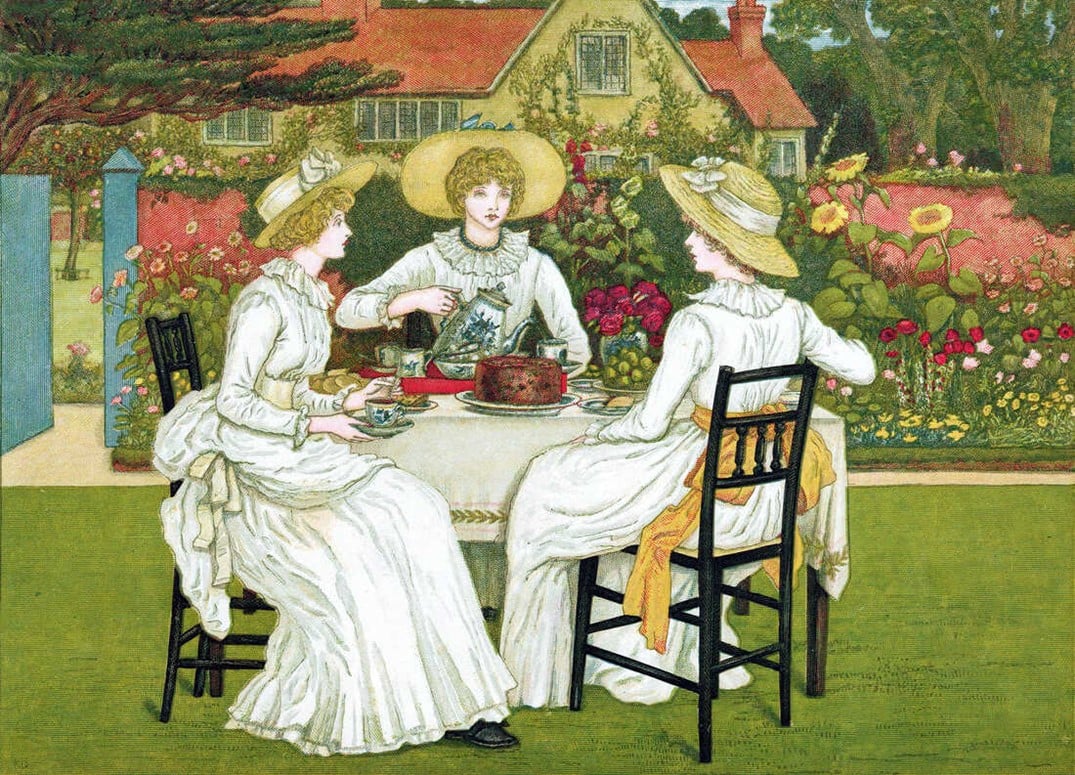
Teapots:
The teapot, originally made of porcelain, became an essential item for brewing and serving tea. Early teapots were often imported from China, but as the tea trade expanded, British potters began producing their own designs. The shape and style of teapots evolved over time, influenced by changing tastes and trends in design. The iconic form of the teapot found resonance beyond its original purpose, inspiring the creation of other paraphernalia, particularly in garden and homeware. This enduring shape became synonymous with British culture and utility, leaving an indelible mark on various facets of daily life.
Teacups and Saucers:
Teacups and saucers also have a rich history in British culture. Initially, tea was consumed from small Chinese porcelain cups without handles. However, as tea drinking became more widespread in Britain, tea cups with handles and saucers became popular. These were often made of fine bone china and decorated with intricate designs.
Teaspoons:
Teaspoons were developed specifically for stirring sugar or milk into tea. Like other tea paraphernalia, they evolved in terms of design and material. Early tea spoons were often made of silver, but as tea became more affordable and accessible, they were also made from other materials such as stainless steel.
The Art of Afternoon Tea:
Afternoon tea emerged in the 19th century as a social ritual among the British upper class. Afternoon tea typically includes a selection of sandwiches, scones with clotted cream and jam and various cakes and pastries. The practice of afternoon tea influenced the design of tea paraphernalia, including cake plates and stands, which were often elaborately decorated to complement the tea setting.
Trade and Consumption:
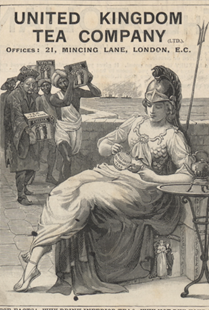
In 1851, with tea primarily sourced from China, British tea consumption was less than 2lbs per person annually. By 1901, fueled by cheaper imports from India and Ceylon (Sri Lanka), this soared to over 6lbs per person. Tea became ingrained in British life and was recognised as essential during wartime, leading to government control of imports and rationing from 1940 to 1952. The London Tea Auction, a historic institution, ceased in 1998 due to declining significance amidst global shifts in the tea industry.
Today:
As the London Tea Auction declined, it paved the way for the modern tea bag, which was invented in America in the early 20th century. This innovation became popular in Britain in the 1970s. Today, British companies remain influential in the global tea trade and British brands continue to dominate the market. : Tea remains an essential part of the British way of life, whether it’s a cuppa brewed in a mag with a teabag or a delicate infusion poured from an elegant pot during Afternoon Tea in a smart hotel.
